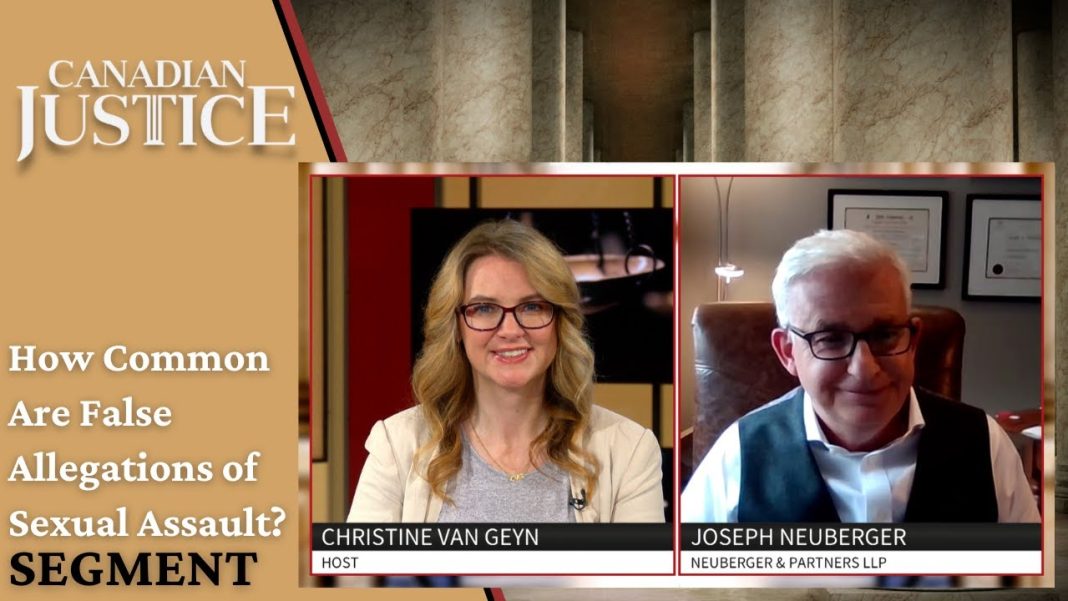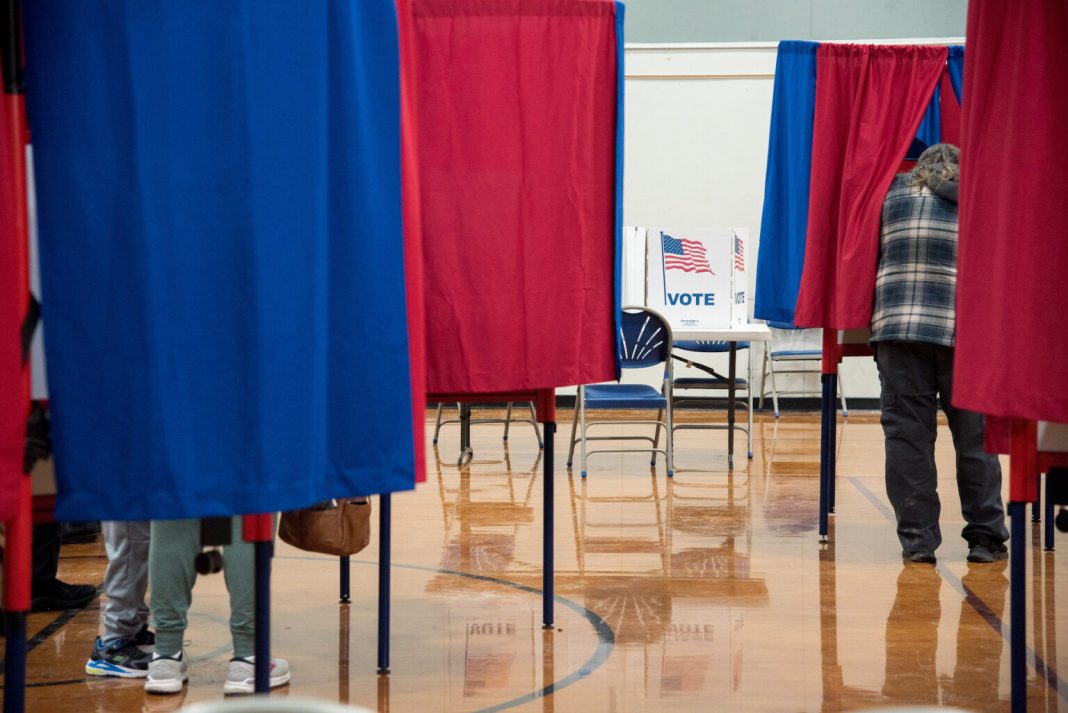 The upcoming election in Australia is set to be a crucial vote on the country’s stance toward nuclear energy, according to Opposition Leader Peter Dutton. The federal opposition party recently announced its plans to build seven nuclear reactors across the country, with the aim of repurposing existing coal-fired power stations for this purpose. The sites earmarked for these reactors include Loy Yang Power Station in Victoria’s Gippsland area, Callide and Tarong in Queensland, Port Augusta in South Australia, Collie in Western Australia, and Mount Piper in Lithgow and Liddell in the Hunter Valley in New South Wales.
The upcoming election in Australia is set to be a crucial vote on the country’s stance toward nuclear energy, according to Opposition Leader Peter Dutton. The federal opposition party recently announced its plans to build seven nuclear reactors across the country, with the aim of repurposing existing coal-fired power stations for this purpose. The sites earmarked for these reactors include Loy Yang Power Station in Victoria’s Gippsland area, Callide and Tarong in Queensland, Port Augusta in South Australia, Collie in Western Australia, and Mount Piper in Lithgow and Liddell in the Hunter Valley in New South Wales.
To facilitate this transition, the opposition party intends to acquire these privately-owned sites and place them under the control of a Commonwealth corporation, similar to the National Broadband Network and Snowy Hydro companies. The plan is to develop two projects initially, either utilizing the AP1000 developed by Westinghouse or the larger APR1400 developed by Korea Electric Power Corporation. These projects are expected to be completed between 2035 and 2037, with a full roll-out of all seven reactors planned for the 2040s, in line with the country’s net zero emissions target for 2050.
Dutton argues that the current government’s renewables-only policy is insufficient to ensure a stable and reliable power supply. He emphasizes the need for a strong baseload power source to support critical services such as hospitals and maintain a functioning economy round the clock. The opposition party believes that repurposing existing assets, such as the poles and wires used by coal-fired power stations, can help distribute energy generated by nuclear reactors more efficiently.
However, critics of the plan, including Prime Minister Anthony Albanese and Climate Minister Chris Bowen, have dismissed it as a costly fantasy. Albanese highlights Australia’s abundant solar resources and questions the economic viability of nuclear power. Bowen adds that nuclear energy is the most expensive form of energy and demands more detailed cost analysis and information on its implementation.
State leaders, who have jurisdiction over the proposed nuclear power sites, have also expressed reservations. Victoria’s Energy Minister Lily D’Ambrosio argues that renewable energy is the most cost-effective option and questions the opposition party’s consultation process. NSW Premier Chris Minns acknowledges the controversy surrounding nuclear power but refrains from dismissing it outright. He states that his government will not waive the prohibition on nuclear power, similar to Queensland’s opposition and government.
The opposition’s plan has received support from the Minerals Council of Australia, with CEO Tania Constable recognizing the importance of a diverse energy mix for reducing emissions and maintaining reliable baseload power. Constable believes that a technology-neutral approach is necessary for decarbonizing the economy without compromising competitiveness and productivity.
Some experts argue that renewable energy sources may not be as cost-effective as they seem. Michael Shellenberger, an eco-modernist and author, claims that the cost of wind and solar energy increases as their share in the electricity grid grows. He highlights the omitted costs of transmission lines, storage, and re-engineering gas plants. However, a report by the Australian Energy Market Operator (AEMO) and the CSIRO estimates that renewables will still be cheaper than nuclear power in Australia. The report suggests that the cost of nuclear power could reach up to $382/MWh if small modular reactors were operational by 2030, while renewables are projected to cost between $83/MWh and $120/MWh in the same timeframe.
In conclusion, the opposition party’s plan to introduce nuclear energy in Australia has sparked a debate about the country’s future energy mix. While proponents argue that nuclear power provides a reliable baseload source and supports emission reduction goals, critics raise concerns about its economic viability and potential risks. The decision ultimately rests with voters who will determine whether Australia embraces nuclear energy or continues down the path of renewables.


